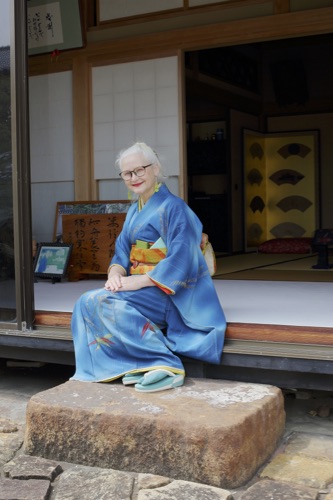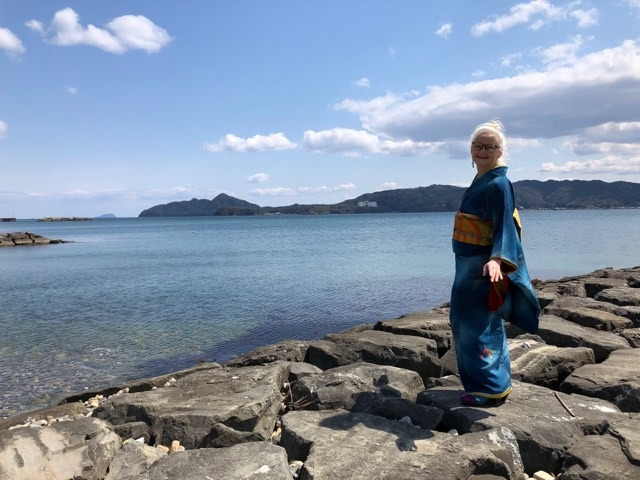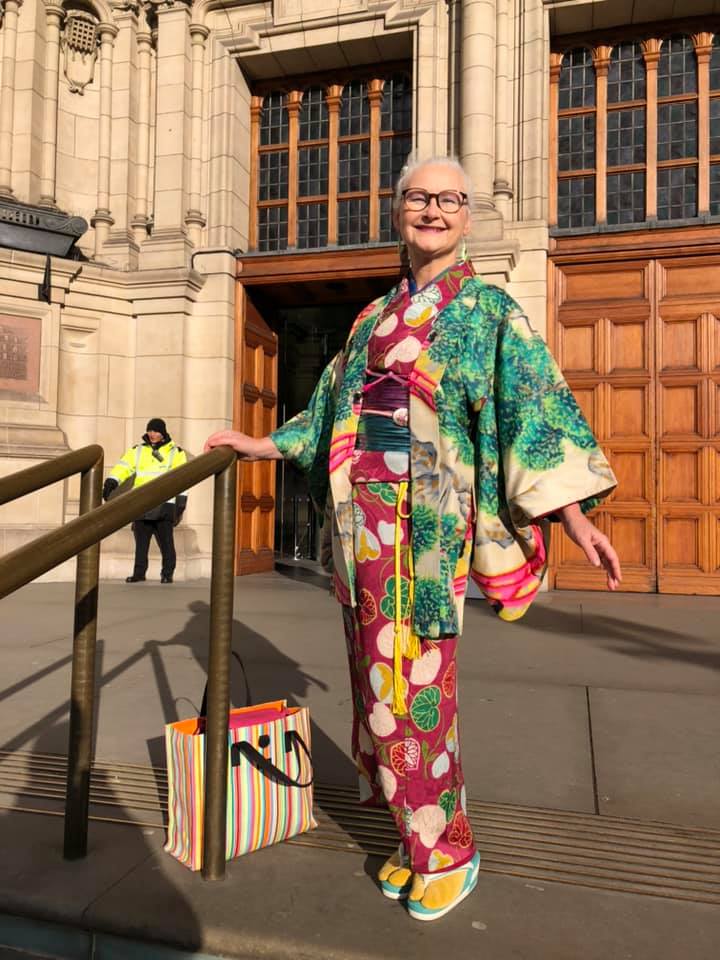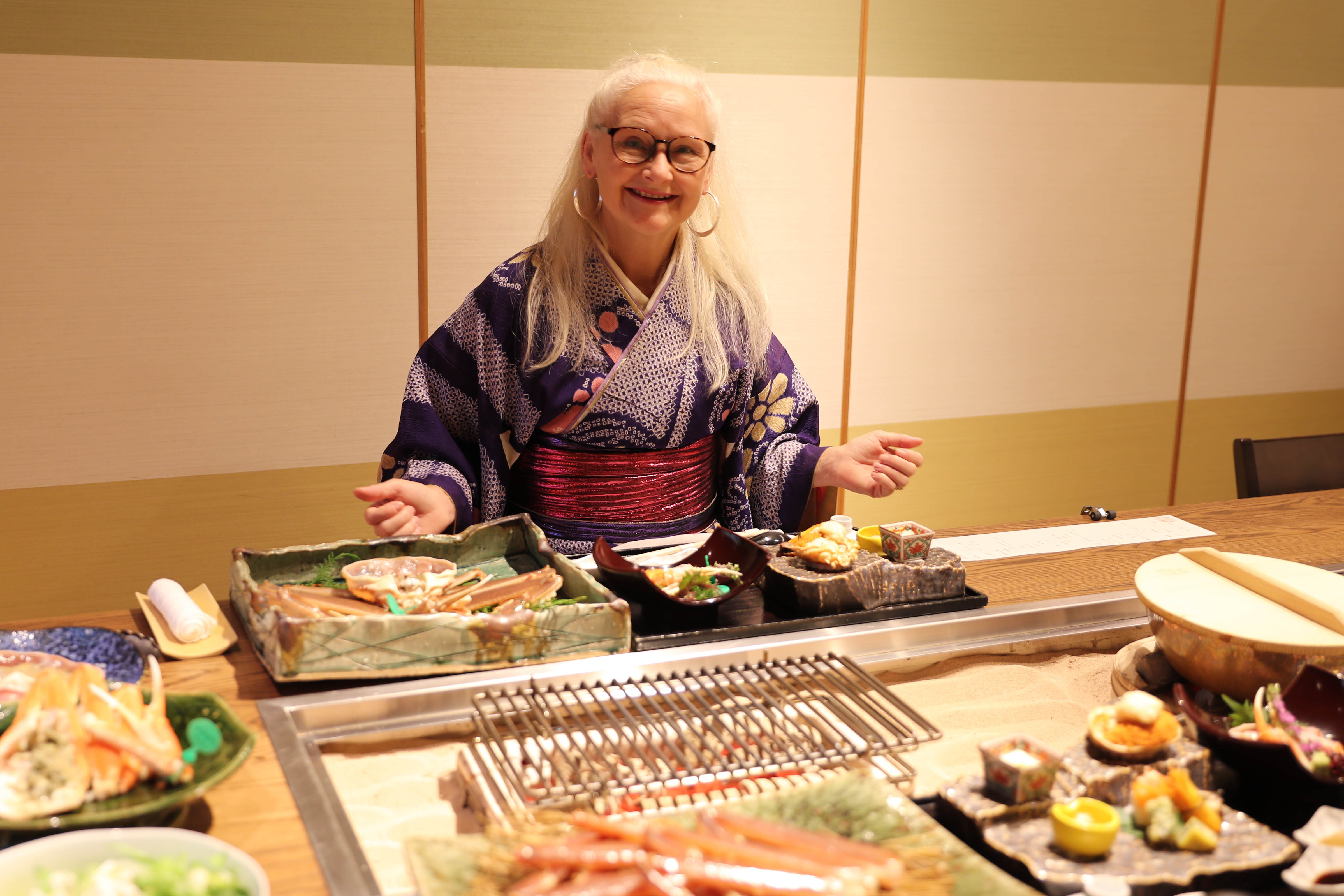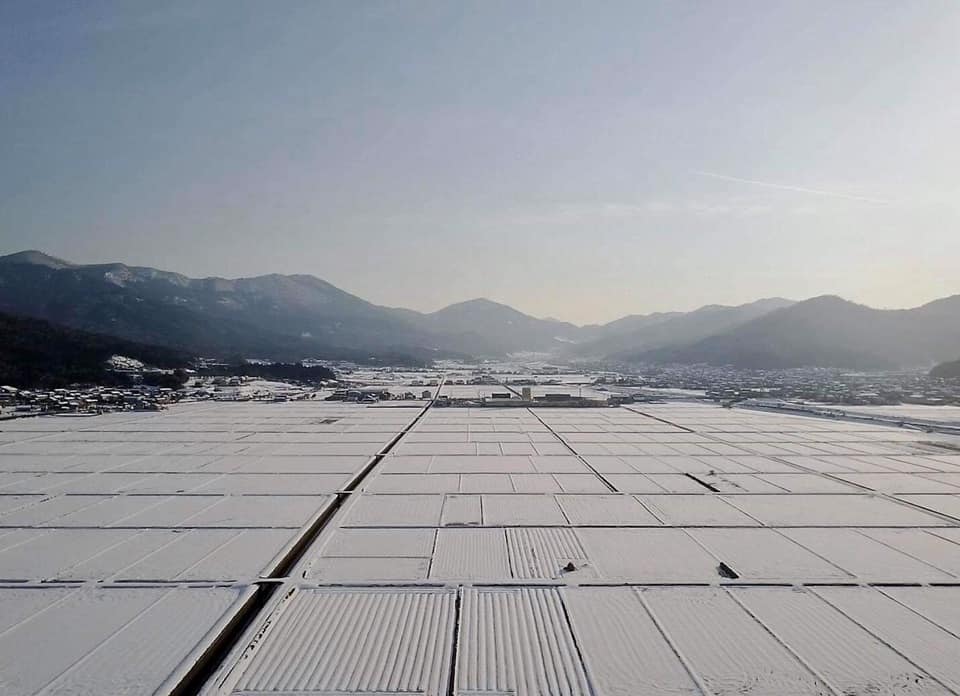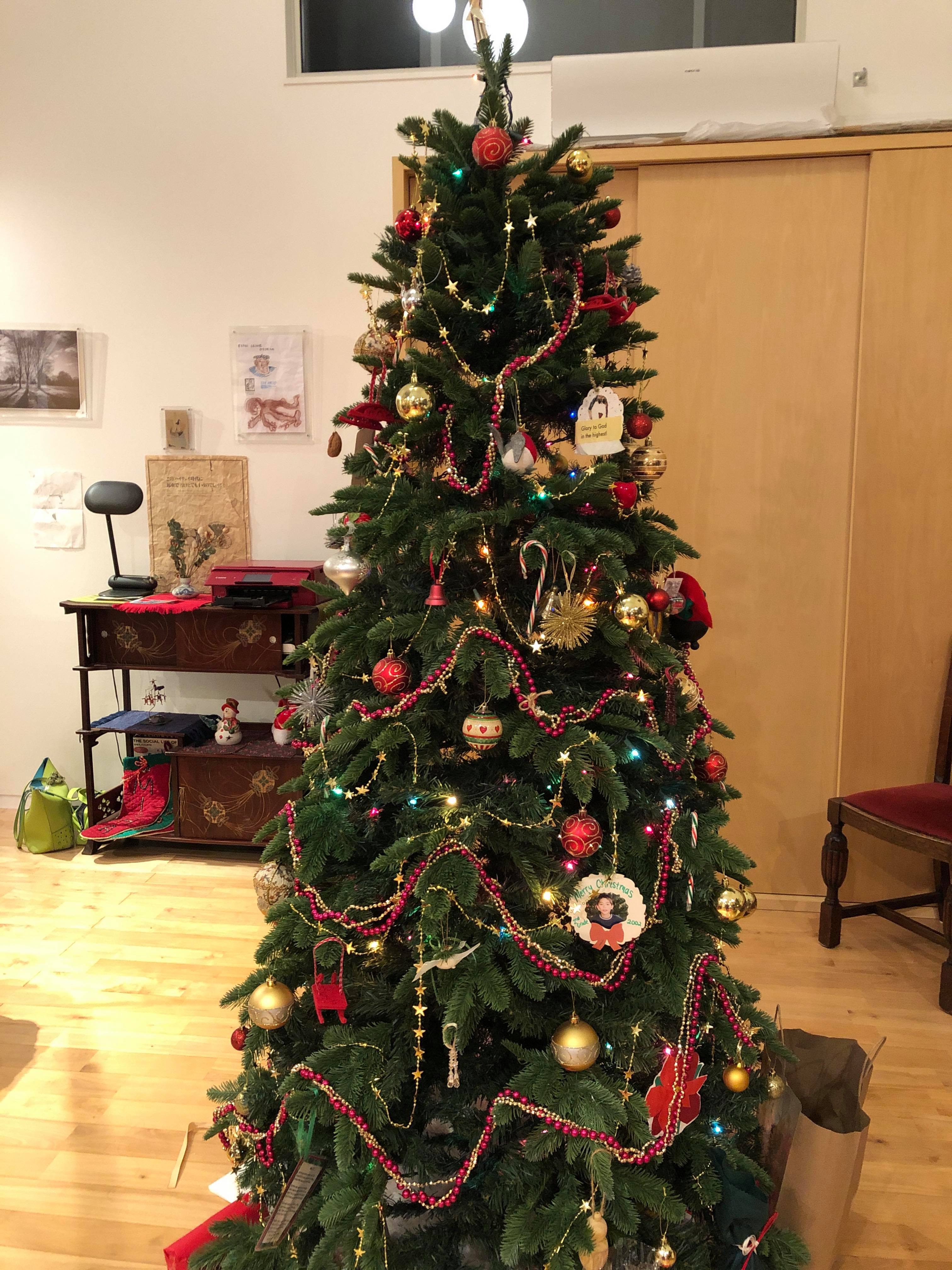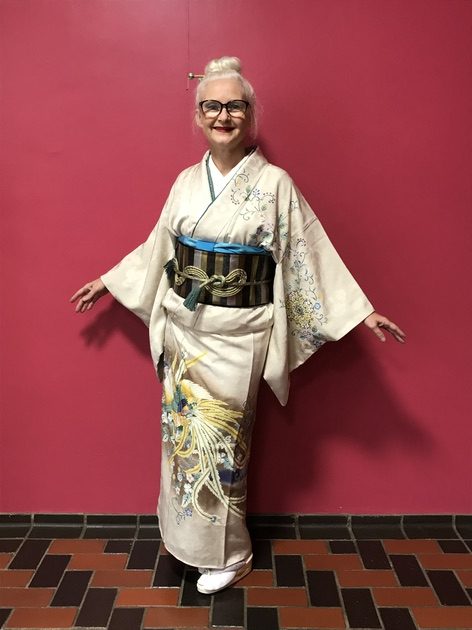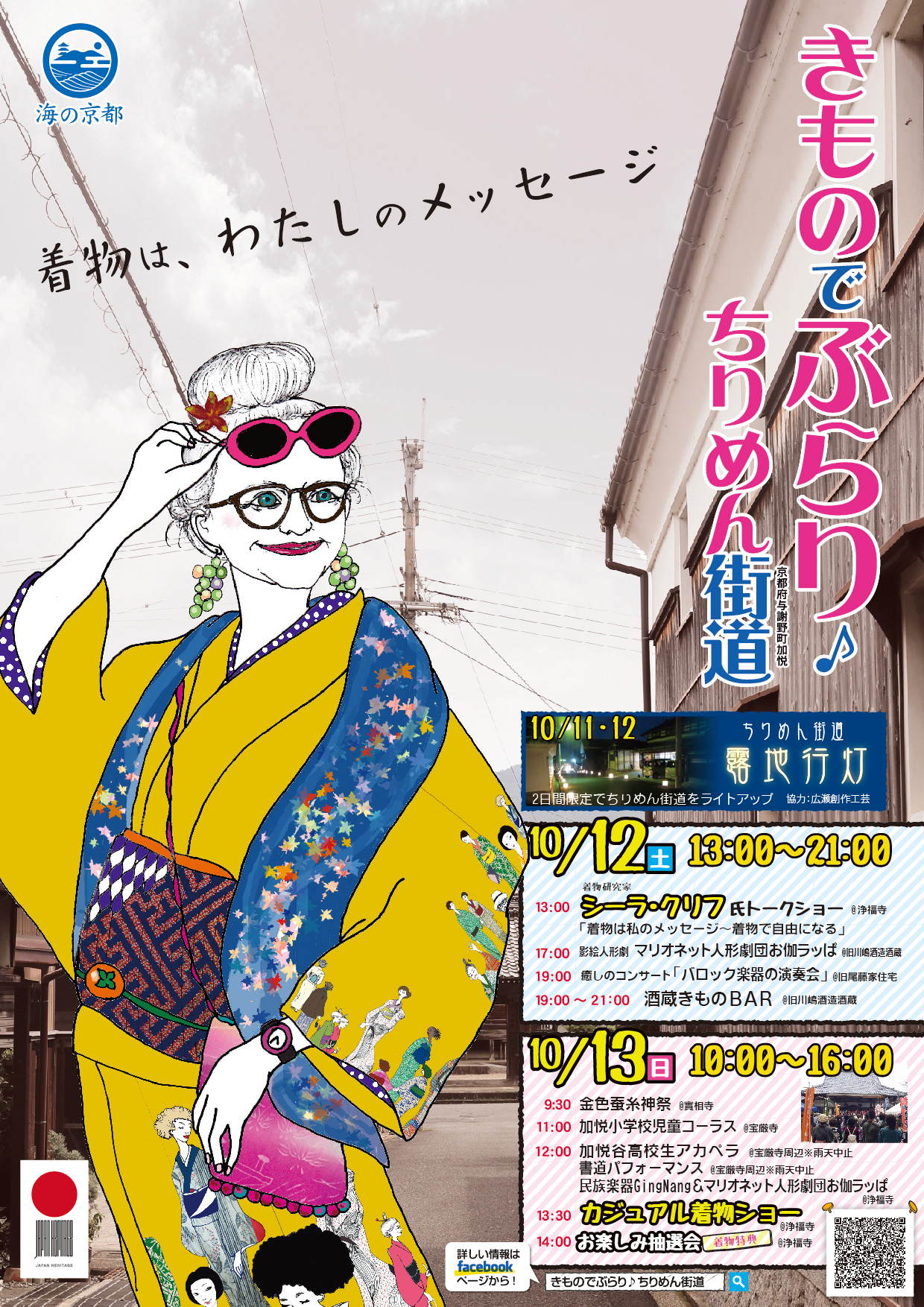
Some no Komichi
- AREA
Shinjuku is famous for its tall buildings, crowds and its nightlife, but there is another side to Shinjuku. In a sense it is the Tango of Tokyo. There are still over 30 active dyeing workshops in the Nakai, Ochiai and Waseda areas of Shinjuku.
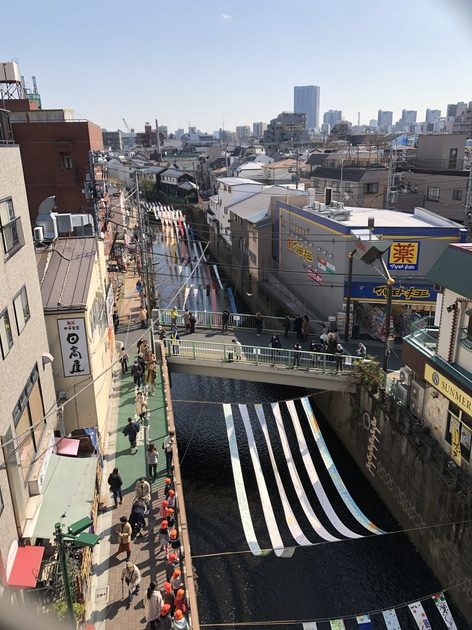
During the Edo period, as Tokyo grew, the dyers moved from near the Ueno area, going west, up river, in search of cleaner water to wash their cloth.
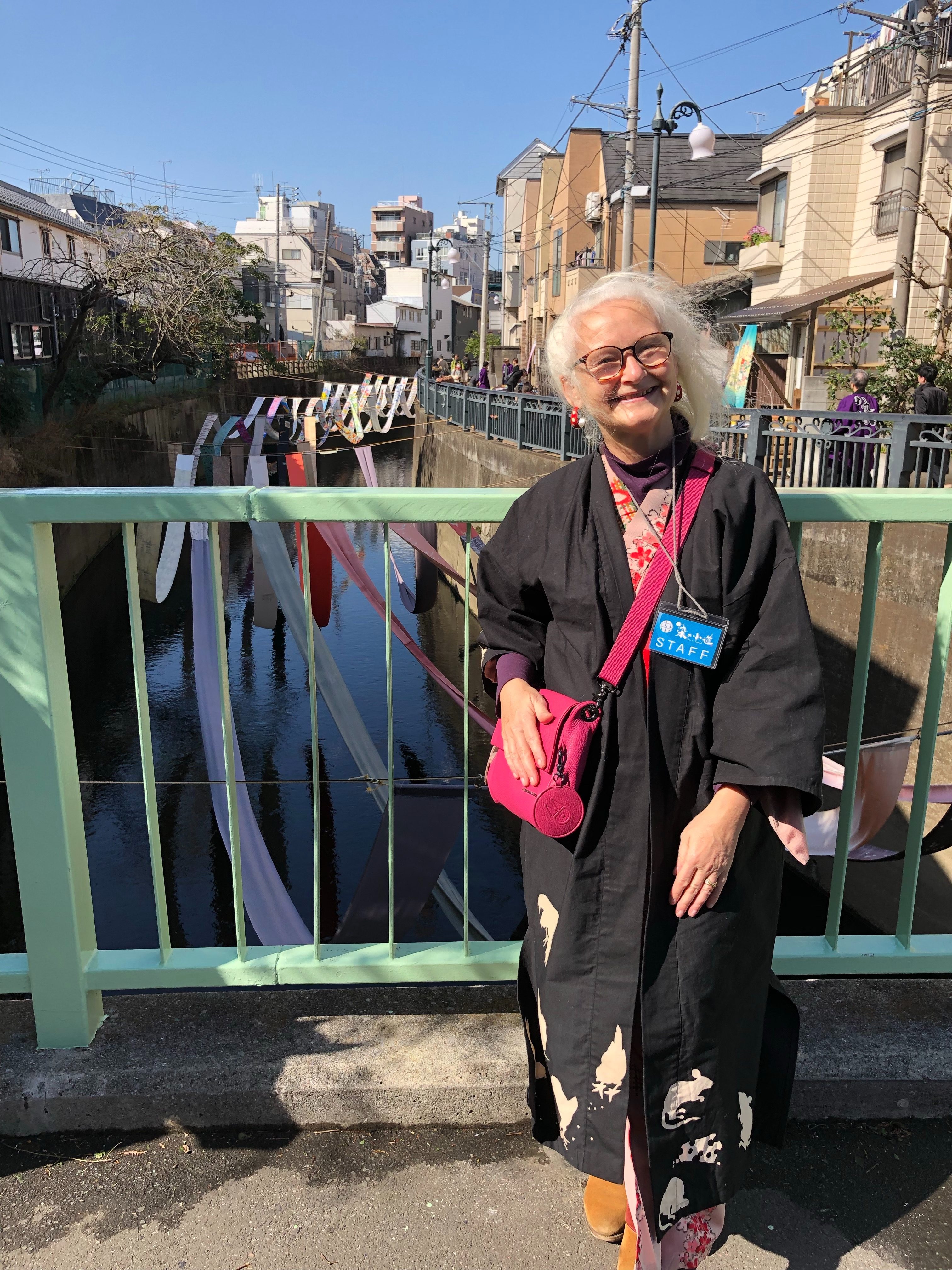
In recent years the industry has been shrinking, as people don’t wear kimono as often as they used to, and dyers have aged and retired. As most people don’t know much about this history and the dyers working there, they decided to make a dyeing festival once a year, to show their work. It is on the last weekend in February each year.

Some no Komichi, (Little Dyeing Street) is comprised of two different ways to see dyeing works and also several small events that people can take part in.
First: the river gallery. The scene of washing the kimono lengths in the river is recreated by hanging tan mono over the river. A total of 144 kimono lengths are hung over the river. Some of them come from the dyeing workshops and others have been dyed as collaborations by classes in local schools, or welfare facilities. They are beautiful, floating in the wind on a sunny day.
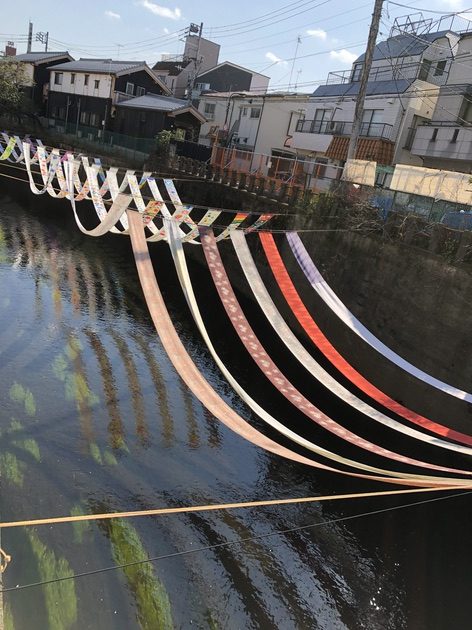
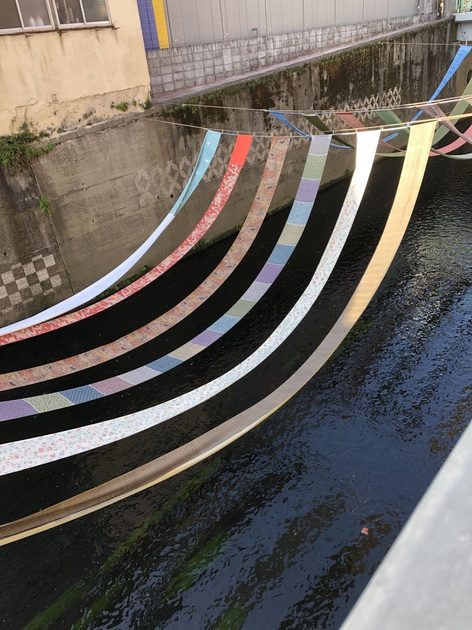
Second: the street gallery. Over one hundred dyers and workshops contribute noren door curtains and these are hung in the shop doorways around Nakai town. Yuzen, batik, bingata, Edo komon, sarasa, shibori and many kinds of dyeing are represented. It is fun to walk around and choose your favourite noren.
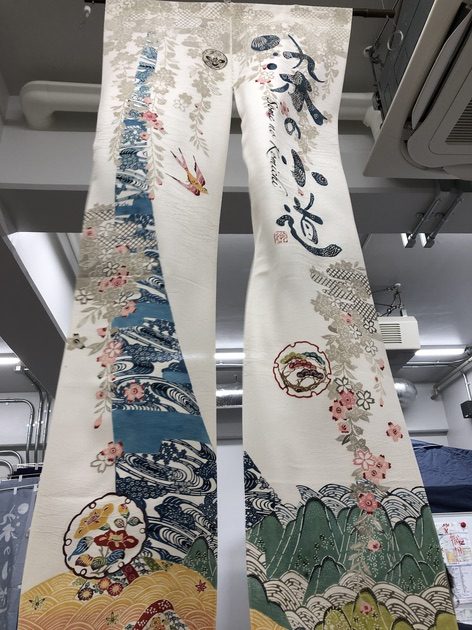
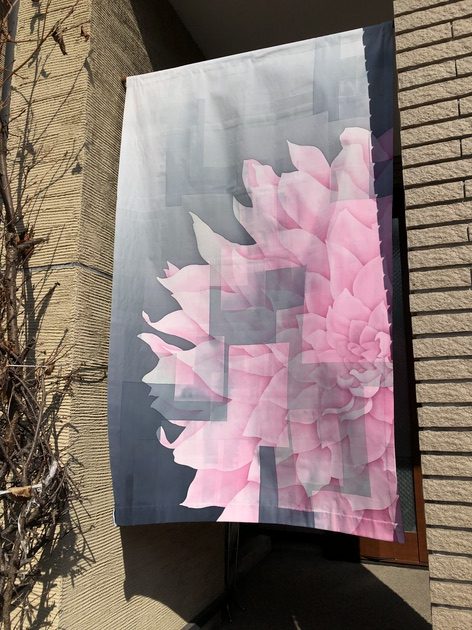
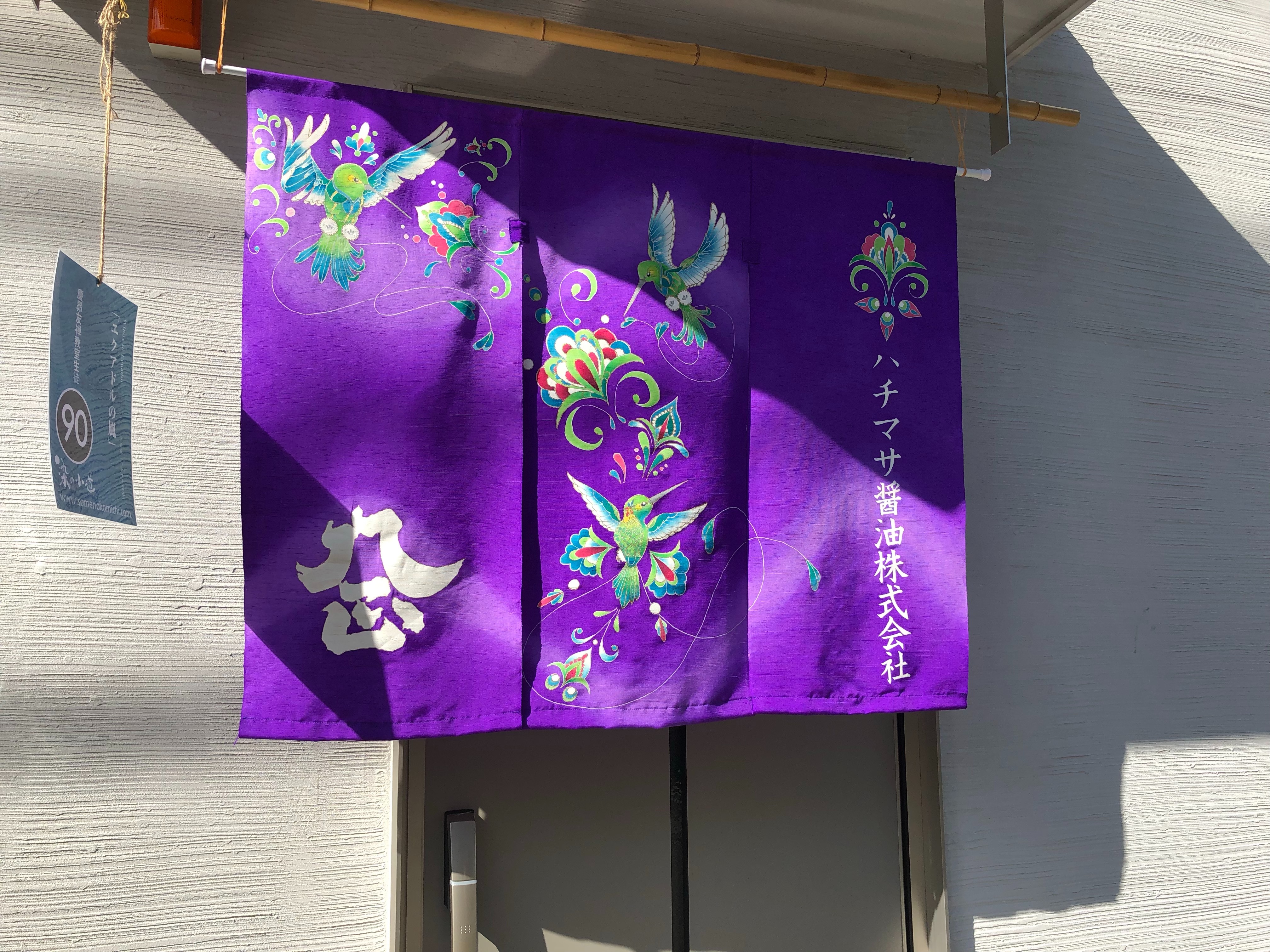
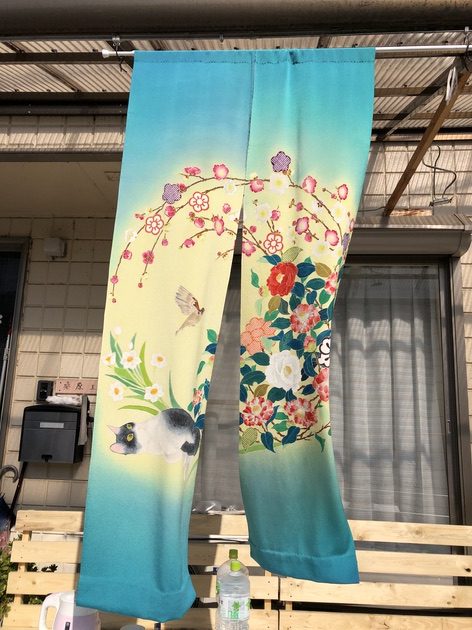
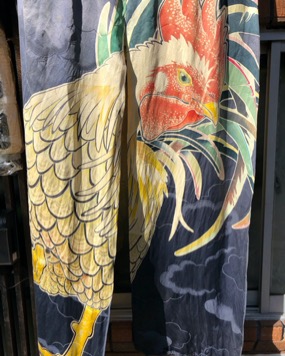
There are lots of things to do at Some no Komichi. There are people selling used kimono and crafts in small stalls, special workshops where you can practice cutting a stencil or dyeing a piece of fabric, a kimono exhibition where craftsmen are demonstrating their work, and, of course all the local restaurants and bars have special menus for the weekend.
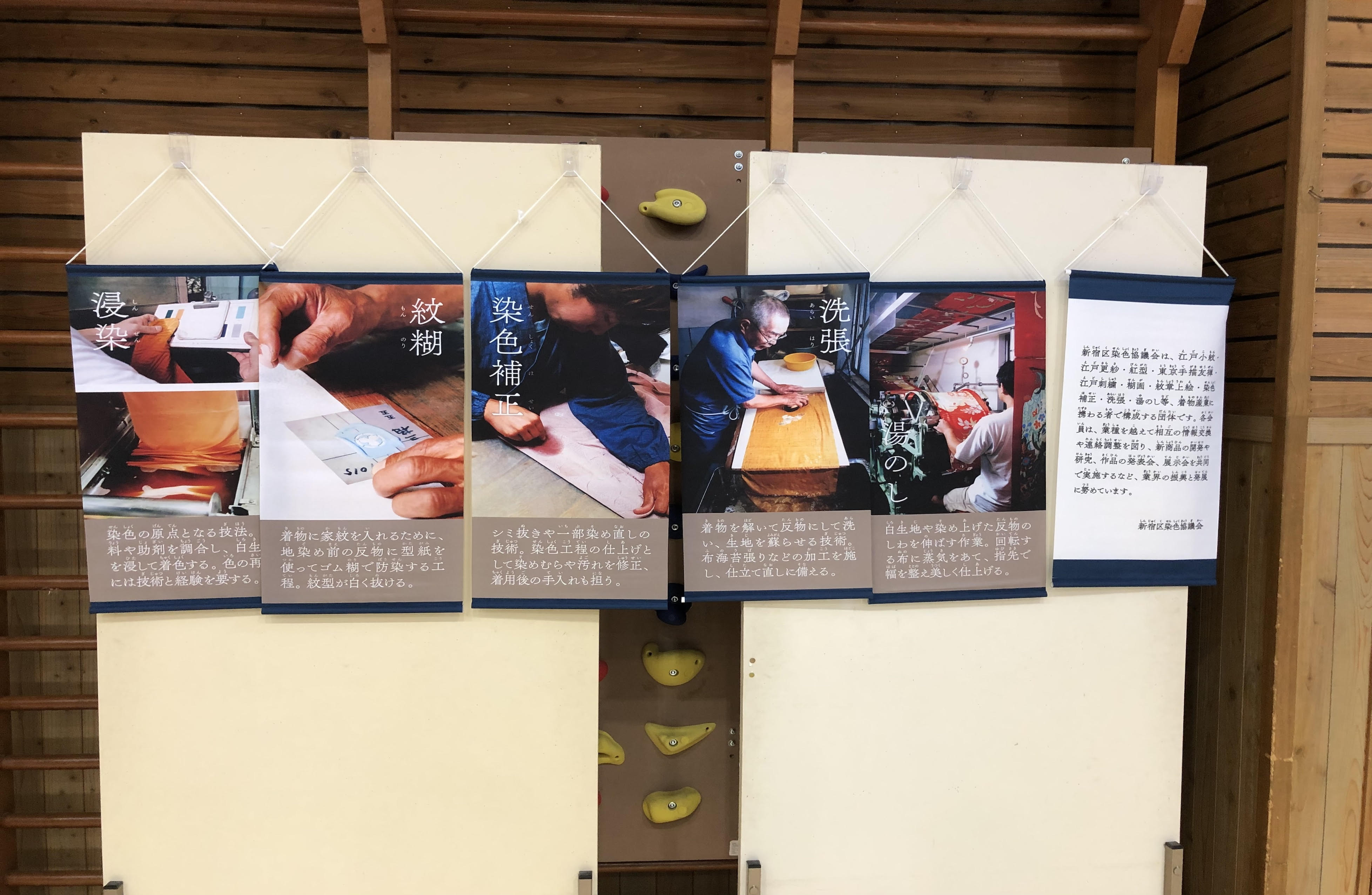
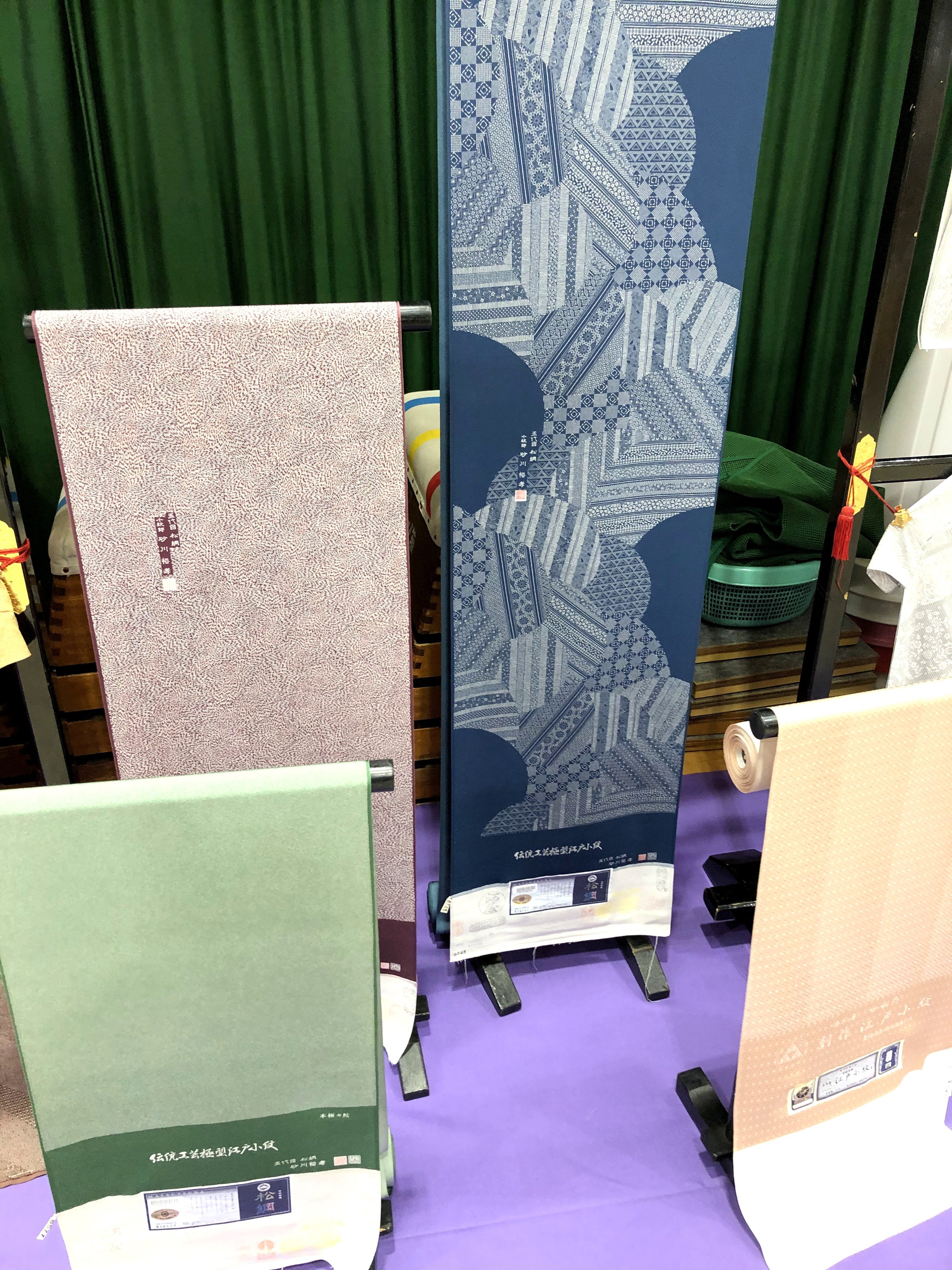


It is a fun and colourful way to learn about the history of the kimono industry in Shinjuku. Why not put on your kimono and go and see what is happening next year ?
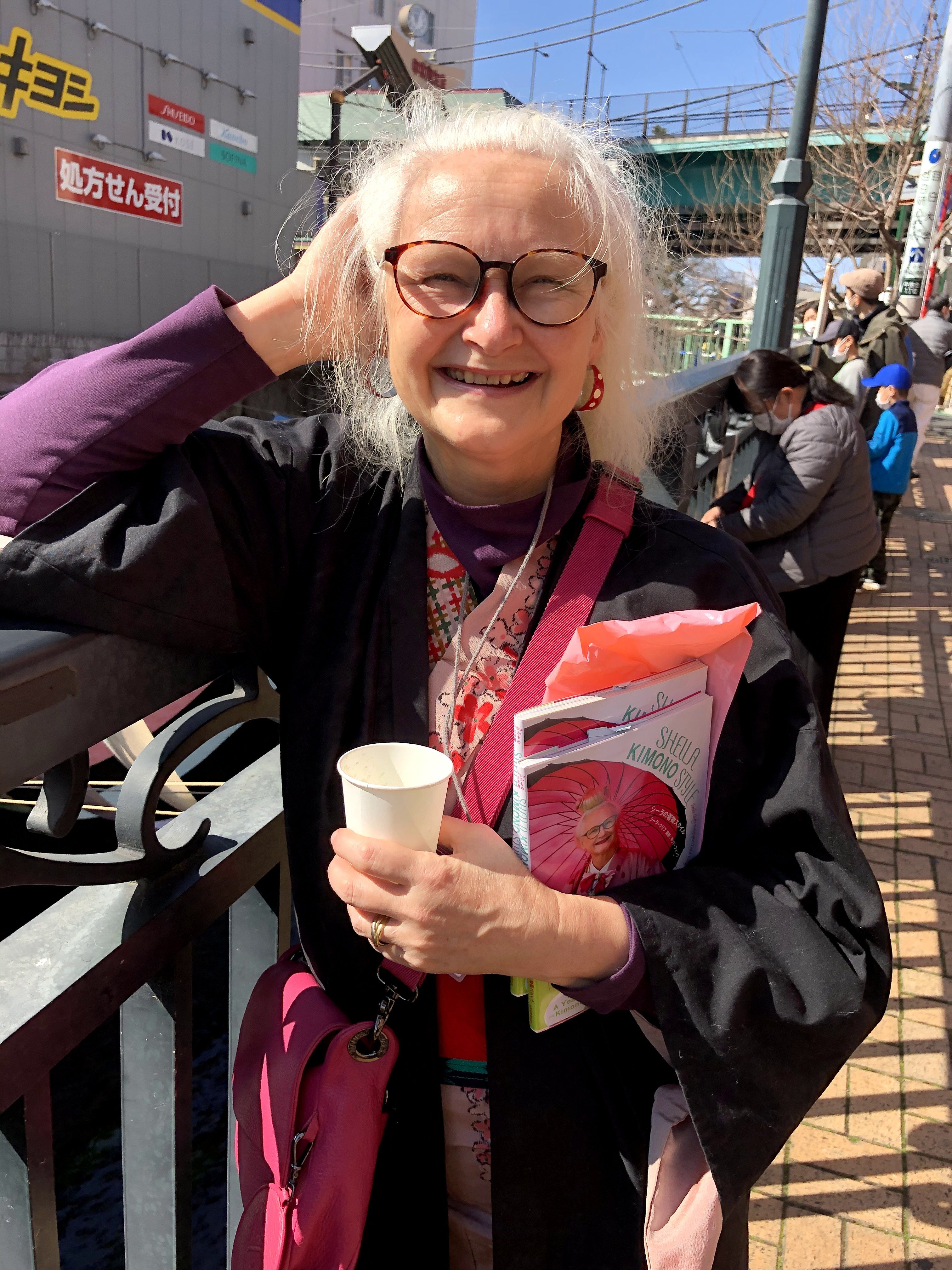
Latest Posts

Yosano Tourist Association
TEL +81-772-43-0155


